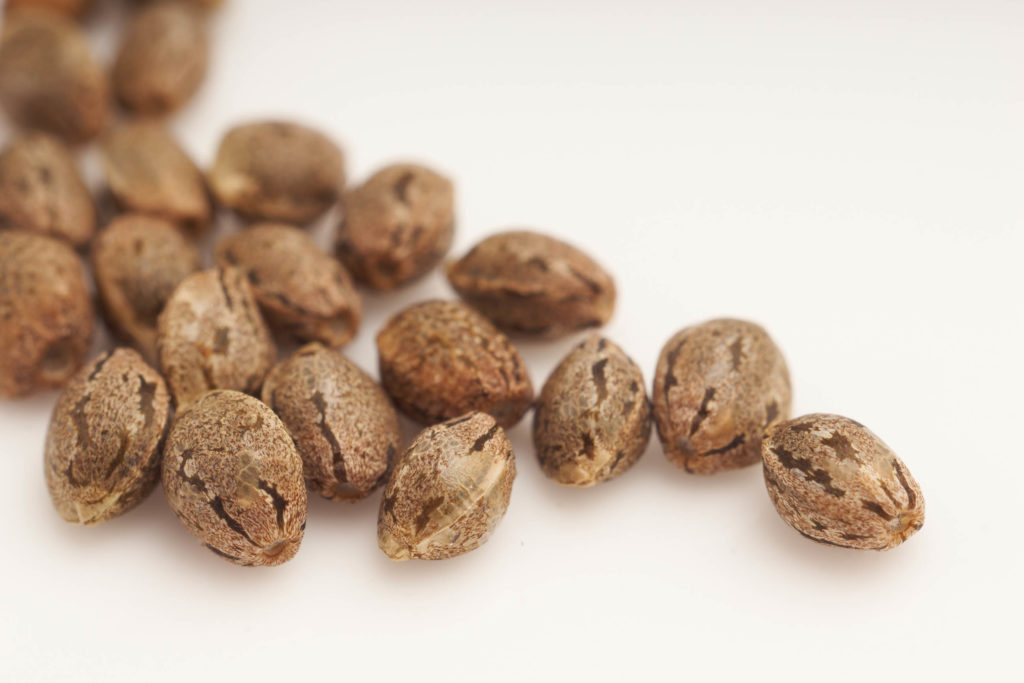
Since the legalization of recreational marijuana in many states in the United States and other nations, cannabis has recently become very popular. Marijuana use for recreational and medical purposes is no longer stigmatized as it once was because of these new rules and regulations.
Regardless of whether you are a novice or an expert, you need to know a lot about the plant and its products in today’s modern world of cannabis and the industry that surrounds it. Knowledge of seeds is the most crucial thing to keep in mind. Using feminized cannabis seeds touches every aspect from cultivating. If you germinate ordinary seeds, half of them will be male and must be discarded. A profitable garden is possible when you use feminized marijuana seeds. You can Buy Feminized Seeds and Regular seeds; each has a specific application.
Please continue reading to discover more about feminized cannabis seeds, including what makes them unique and how they came to be. If you’re still interested in learning more, visit Seed Supreme, where you can also order a wide variety of marijuana seeds.
Current State of Affairs
Growing cannabis the natural way is how nature intended it. Male or female plants can be grown from seeds, and the outcome is unpredictable. Since the late 1990s, feminized seeds have become increasingly popular, as growers that harvest buds for smoking prefer female plants. They made so more, and they became the go-to product for smoking marijuana.
Since 1998, producers have been enamored with female seeds, to the point where regular seeds are rarely sold. In Europe, for example, 95% of growers plant, grow and harvest female plants. But there are particular concerns, notably with the cannabis gene pool, which has been dramatically affected by the widespread use of feminized seeds. Regular seeds should be sold, produced, and eaten to preserve the plant’s natural state.
Why Are They Different?
On the first appearance, it’s challenging to identify male from female seeds. To the naked view, they are all identical, but within, they differ significantly. Female seeds lack male chromosomes, while ordinary seeds have both male and female chromosomes. Growers that exclusively use feminized seeds need not identify and remove male flowers to prevent fertilization.
No need for male plants if you only want buds and not seeds. Less work and more of the good stuff for smoking and other consuming methods. That’s why anybody who wants to smoke it grows from female seeds.
Do We Need Regular Seeds?
As stated above, they are required to retain the plant’s natural state. You will always need Male plants to produce additional plants in general. Those seeking profit from their growing, harvesting, and selling operations will preferentially plant gendered varieties. We need regular seeds for breeding and cloning.
Plants have been crossing various kinds since the dawn of agriculture. Selection and increased yield require regular seeds that can become male or female. This is crucial during the early stages of exploration while specialists are still learning and testing new strains.
On the other hand, cloning was once the most frequent method of growing cannabis plants free of males. A complete chromosomal set was used to produce plants with all the benefits that come with it. On plantations and in shops, regular seeds will always be available.
What Does It Mean for the Consumer?
For cannabis lovers, the seed’s gender isn’t that crucial. It doesn’t matter where the female plant comes from, that’s all—any type of seed, ordinary or feminized; any method of breeding and growing.
You won’t notice the difference unless the product explicitly states an elite clone as the parent and general origin tested and proved the best recreational marijuana. This is the only real benefit of gendered strains, and only for the best and most expensive. Other benefits primarily benefit growers and are irrelevant to consumers.

Advantages and Disadvantages of Feminized Cannabis Seeds
Why go through all that trouble when you can feminize seeds and have a near-perfect success rate? However, we would be negligent if we did not discuss the benefits and drawbacks of feminized marijuana seeds. It is not a completely “perfect” solution!
The Benefits of Feminizing Cannabis Seeds
- Every plant will develop buds.
- With a near-perfect hit rate, there’s no need to worry about wasting space on plants that you’ll later remove from the growing area.
- There is no need to bother determining whether plants are male or female during the pre-flowering period.
- There is no pollination without pollen sacs from male plants.
The Drawbacks of Feminizing Cannabis Seeds
- They are not a suitable choice for seed production since they inhibit the development of male genetics.
- You’ll need male seeds to start an active breeding program to cultivate new and intriguing strains.
- Not every merchant is trustworthy. You could still wind up with seeds that are hermaphrodites as a result of a low-quality feminization process.
Summation
To summarize the article, pay particular attention to the following side-by-side comparison:
- Feminized seeds are frequently elite clones, while regular seeds are pure genetics.
- Grow only what you need, rather than constantly producing more seeds.
- Save time and resources by using chemicals or going natural.
Everything else is much the same and unimportant to consumers. Quality is always determined by genetics. Therefore, a lousy plant will never produce quality children, whether from conventional seeds or feminized seeds and cloning.
As a cannabis enthusiast with popular strains and products, you should choose what you like most. Working with female seeds is easier and more convenient, especially for smoking, but remember to plant regular seeds periodically to keep the gene pool happy and maintain the natural order.
